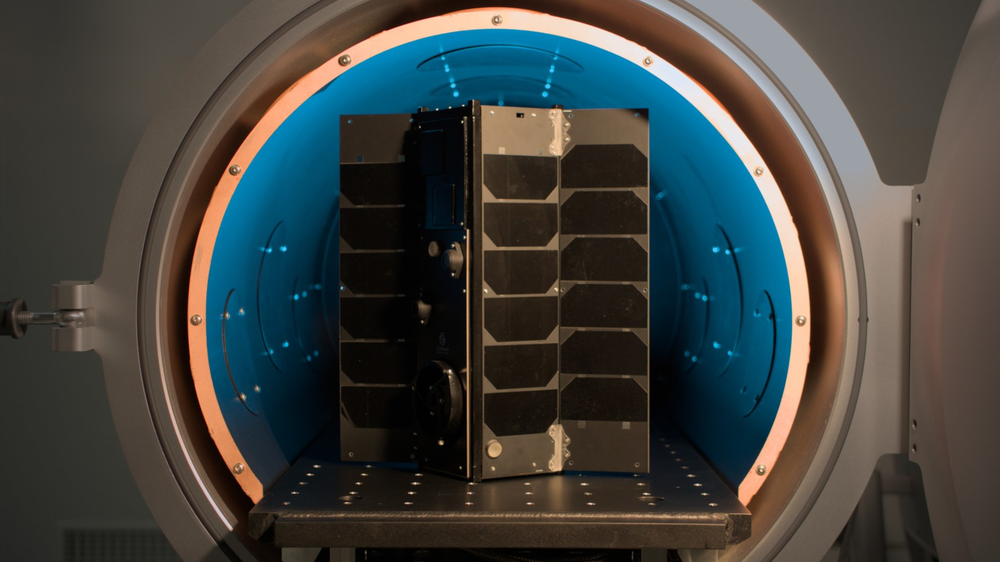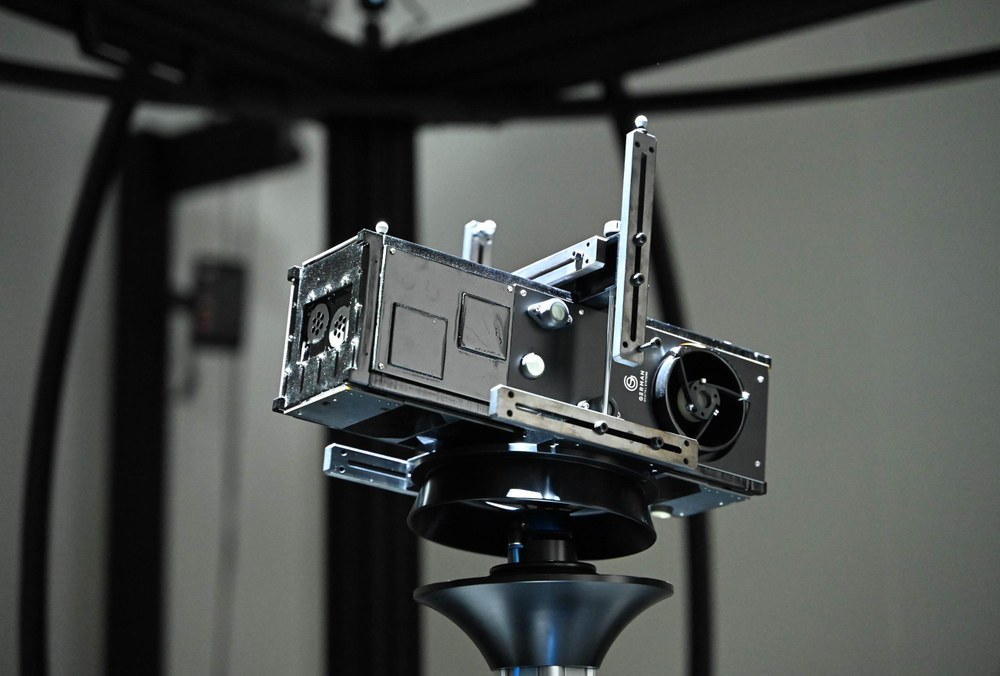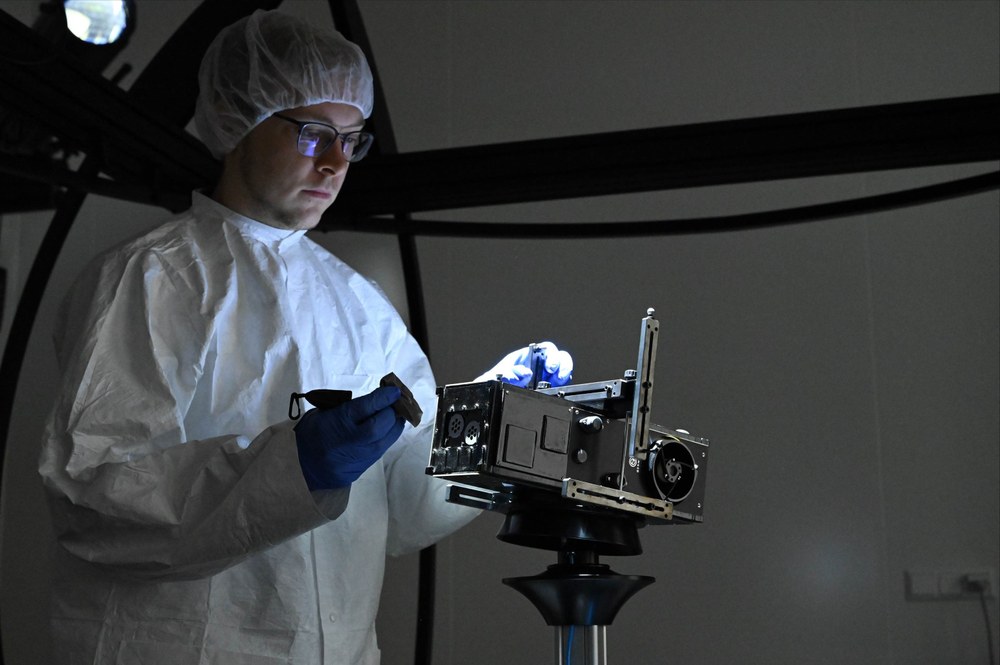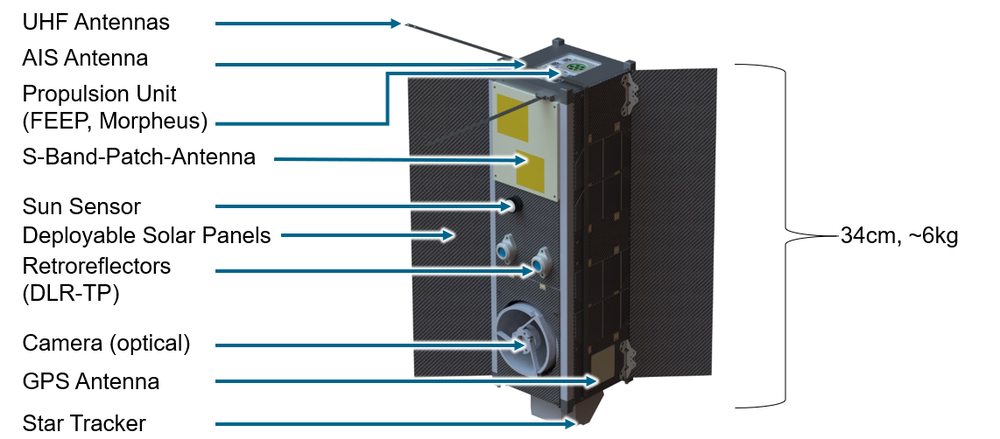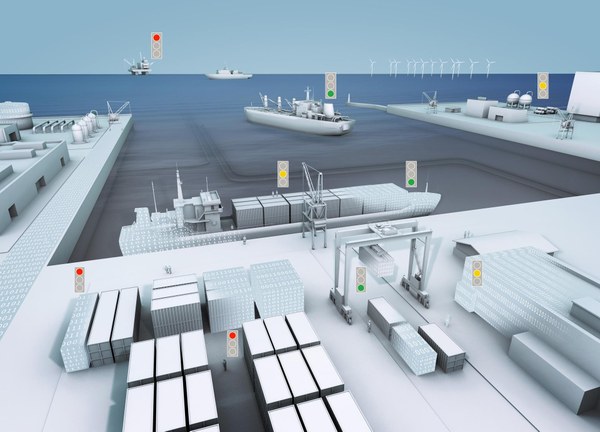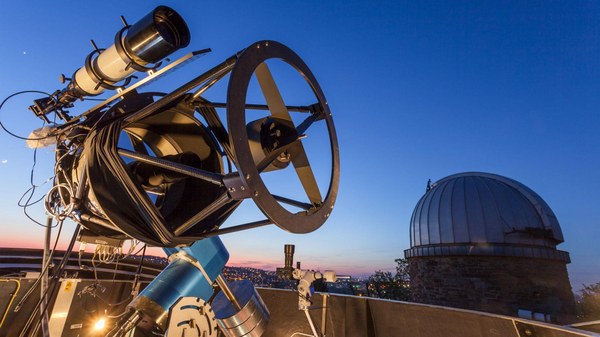Institute for the Protection of Maritime Infrastructures
The Institute focuses on the resilience of maritime infrastructures and maritime safety technologies. It pursues the social mission of protecting critical infrastructures to ensure economic prosperity and stability.

